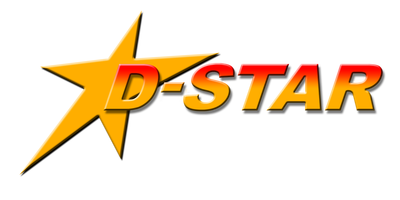For those who came in late………….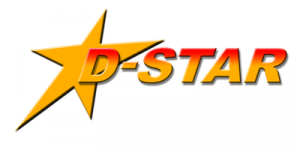
The VK5RWN D-Star gateway and repeater system was upgraded in May June 2018 with a new computer running 64 bit CentOS 7 and the new Icom G3 gateway software.
Between then and March 2019, the system has proven to be relatively stable with only a couple of minor hiccups where the computer has shut itself down? We believe this may have been due to the CPU over heating or something similar? This is still being addressed.
VK5RWN is a D-Star gateway system, registered on the US Root Trust database and primarily runs an application called Dplus which manages the linking and routing functions on the D-Star Internet network between other D-Star gateways/repeaters/reflectors.
As such, users are able to connect to other repeater/gateways and Dplus based Reflectors anywhere around the World, or even to other registered D-Star users via Call Sign Routing, a bit like a “private” call in the commercial PMR world.
In principle, within the D-Star world, there are two D-Star Internet networks, the Dplus/US Root Trust network and the ircDDB D-Star open network. Again in principle, the two are mutually exclusive networks and are not interconnected.
This creates an issue where D-Star users accessing the “D-Star World” via a Dplus connection cannot connect to other gateways and reflectors that are using the ircDDB network and vice versa and are therefore limited to accessing the Dplus REFxxxX reflectors. (eg REF023C)
Hams being hams, they just cannot help themselves, the challenge was there and so software was developed that when installed on the Dplus Icom based gateways, allowed interconnectivity into the ircDDB networks and allow access to the XRFxxxX and DCSxxxX based reflectors. One version of this software is called “g2_link” and is designed to be added to existing Icom based D-Star gateway systems on the US Root Trust network.
Early March 2019, Michael VK5ZEA, who is custodian of the VK5REX D-Star system on lower Eyre Peninsular, advised me that he has rebuilt the VK5REX system and had successfully installed the “g2_link” software with the help of Terry, KA8SCP. Michael also passed on Terry’s contact details, whereupon I made contact and asked Terry if he would mind assisting with installing the “g2_link” software on VK5RWN.
Terry most kindly agreed to assist and arrangements were made that allowed Terry to install the software and set up the necessary configuration and interlocks so that both the Dplus and the ‘g2_link’ accessed networks could be worked via VK5RWN.
This now allows for D-Star users to access VK5RWN via a RF input from their D-Star radios and they may now access both the REFxxxX, XRFxxxX and DCSxxxX reflectors and gateways.
A bonus as part of this new configuration, new Dashboards were part of the set-up and now show the connection status and ‘Last Heard’ lists of the VK5RWN system.
Have a look at
For D-star users, please read the instructions at the bottom of the XRF/DCS Dashboard. This is important as there are two distinctly different “linking” or “unlinking” commands to connect or disconnect to and from REF reflectors and the XRF/DCS reflectors. This is so that the system can differentiate between a request via Dplus or the ‘g2_link’ and allow the respective link request to be actioned or disconnected.
It is recommended for D-Star users to use VK5RWN Port C, the two metre port, for connecting to any of the reflectors as VK5RWN Port B, the 70cm port, is normally permanently connected to the REF023C Australasian/Oceania reflector. Before connecting to a reflector, please ensure that the Port is not currently connected to anywhere else. The VK5RWN B 70cm port may be used, but it must be disconnected from REF023C first.
I wish to thank Michael VK5ZEA for his support and advice and especially Terry, KA8SCP, for his help, patience and advice where I needed to do some house keeping that allows VK5RWN to function as a flexible D-Star gateway, allowing D-Star users access to the big wide world via both the Dplus and ircDDB D-Star networks.
73 Ben VK5BB
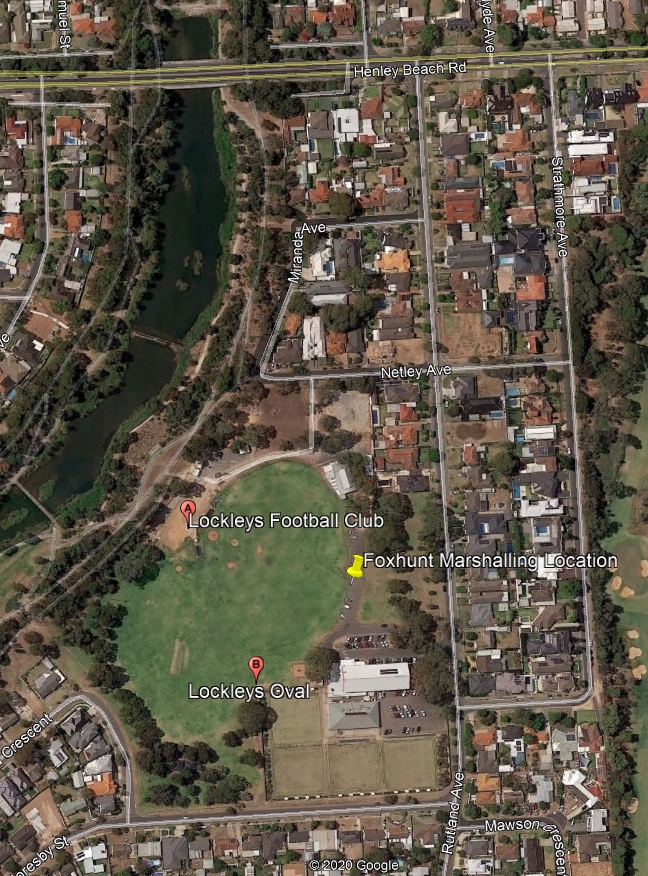 This will the first of many monthly fox hunts hosted by AREG over the coming months which will be announced on our website and via our Facebook page as well as the local VK5 WIA news.
This will the first of many monthly fox hunts hosted by AREG over the coming months which will be announced on our website and via our Facebook page as well as the local VK5 WIA news.
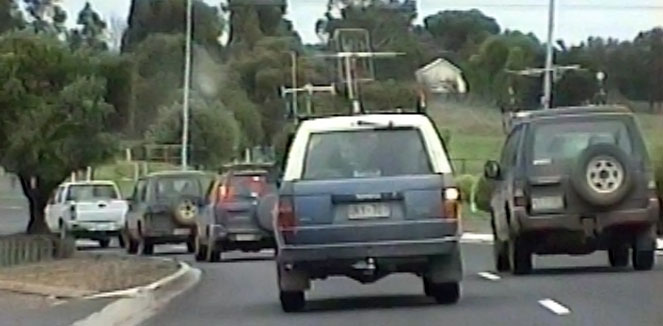



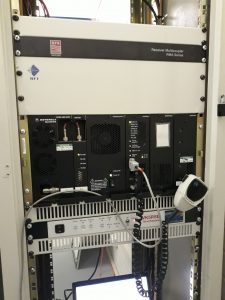
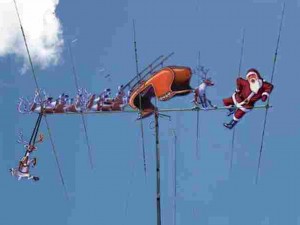
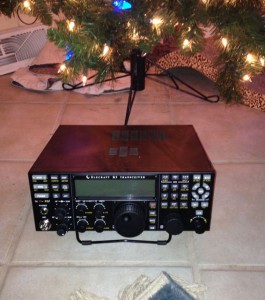


 The IRLP Node 6214 will be available for use by users supporting JOTA this weekend, 20, 21 October. The node can be accessed via the VK5RSB 70cm repeater on 439.900 (-5MHz) using a 91.5Hz CTCSS access tone.
The IRLP Node 6214 will be available for use by users supporting JOTA this weekend, 20, 21 October. The node can be accessed via the VK5RSB 70cm repeater on 439.900 (-5MHz) using a 91.5Hz CTCSS access tone.